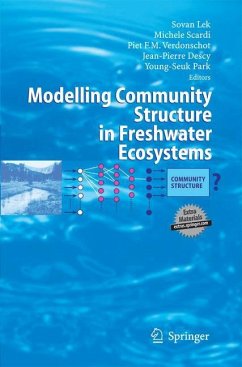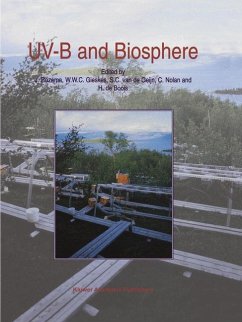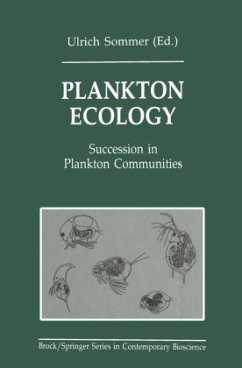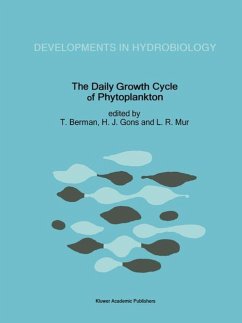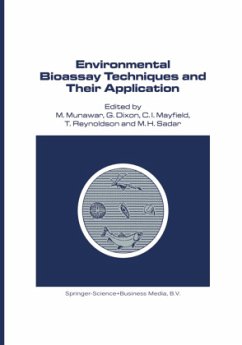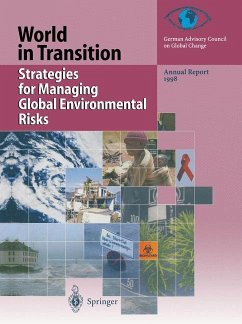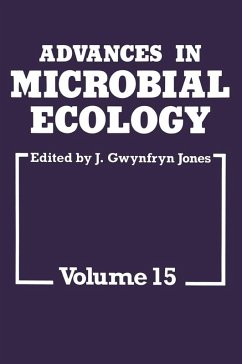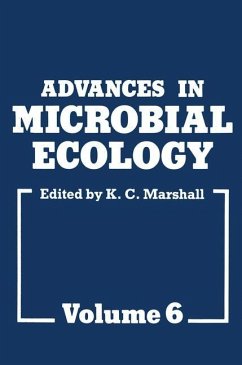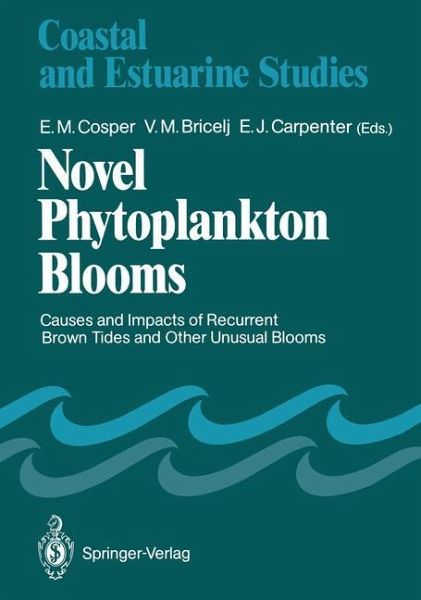
Novel Phytoplankton Blooms
Causes and Impacts of Recurrent Brown Tides and Other Unusual Blooms
Herausgegeben: Cosper, E. M.; Bricelj, V. M.; Carpenter, E. J.

PAYBACK Punkte
58 °P sammeln!
A massive phytoplankton bloom, locally termed "brown tide", suddenly appeared in Long Island marine bays in 1985, colored the water a dark brown, decimated eelgrass beds and caused catastrophic starvation and recruitment failure of commercially important bay scallop populations. These "brown tide" blooms, caused by a very small, previously undescribed chrysophyte alga, have directly affected the estuarine environments of three northeastern American states: Rhode Island, New York and New Jersey. other phytoplankton blooms such as "red tides" caused by dinoflagellates and "green tides" from chlo...
A massive phytoplankton bloom, locally termed "brown tide", suddenly appeared in Long Island marine bays in 1985, colored the water a dark brown, decimated eelgrass beds and caused catastrophic starvation and recruitment failure of commercially important bay scallop populations. These "brown tide" blooms, caused by a very small, previously undescribed chrysophyte alga, have directly affected the estuarine environments of three northeastern American states: Rhode Island, New York and New Jersey. other phytoplankton blooms such as "red tides" caused by dinoflagellates and "green tides" from chlorophytes as well as blue-green algae blooms have long been recognized and studied world wide, however, the unusual nature of these "brown tide" blooms caught the interest of many people. Scientists were particularly intrigued by the discovery of a previously unknown microalga which provided the opportunity to learn more about small microalgae, picoplankters, which are usually ignored due to the difficulty in identifying species. A symposium entitled, "Novel Phytoplankton Blooms: Causes and Impacts of Recurrent Brown Tides and Other Unusual Blooms", was convened on October 27 and 28 at the State University of New York at Stony Brook on Long Island, with 220 registrants and nearly 50 scientific papers presented by researchers from the united States as well as Europe. The conference documented unusual bloom occurrences of recent and past years on a worldwide basis as well as northeast regional recurrences of the previously unknown "brown tide" blooms.





